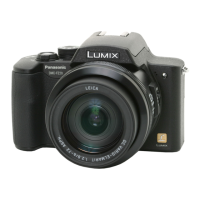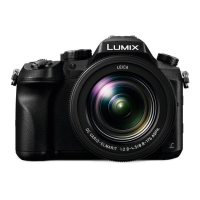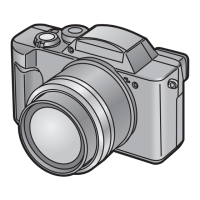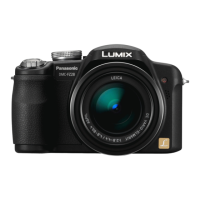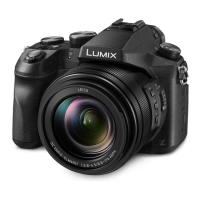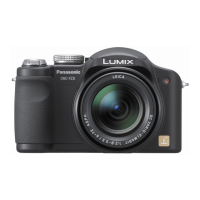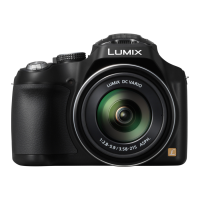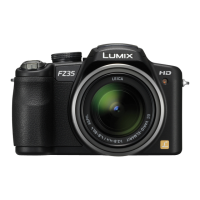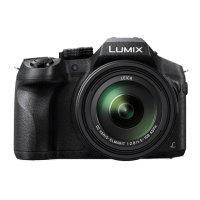A selection of 52mm filters used
to modify the light entering the
FZ200 lens.
Neutral Density, Circular
Polarising and Fluorescent light
correction (FLD “Rose”).
We have discussed neutral density filters previously when looking at
extending the shutter times in order to capture silky flowing water or to
set the shutter speed/shutter angle in videography.
The first filter that you might want to purchase is the CPL or circular
polarising filter.
These work in exactly the same way as the polarising sunglasses we
might wear to reduce glare and reflections in bright sunlight.
They work by “cutting” incident light which is reflected back from an
object where the light is 90° to the camera axis. If the light doesn’t reflect
back from the subject with this angle the degree of reduction effect is
reduced.
These CPL filters are almost always round in shape and have a rotating
glass element. The rotation of the filter is necessary for you to view the
degree to which the light is being reduced.
Turning the filter slowly whilst observing the image is necessary to find
the point at which the “cut” begins.
The angle of “cut” is normally quite small, perhaps only 20° or angular
rotation.
Circular and linear polarising filters achieve the same effect however
because the camera autofocus relies on polarised light to work properly.
Using a linear polarising filter may interfere with the correct operation of
it.
Hence Circular polarising filters, which modify the light, are used.

